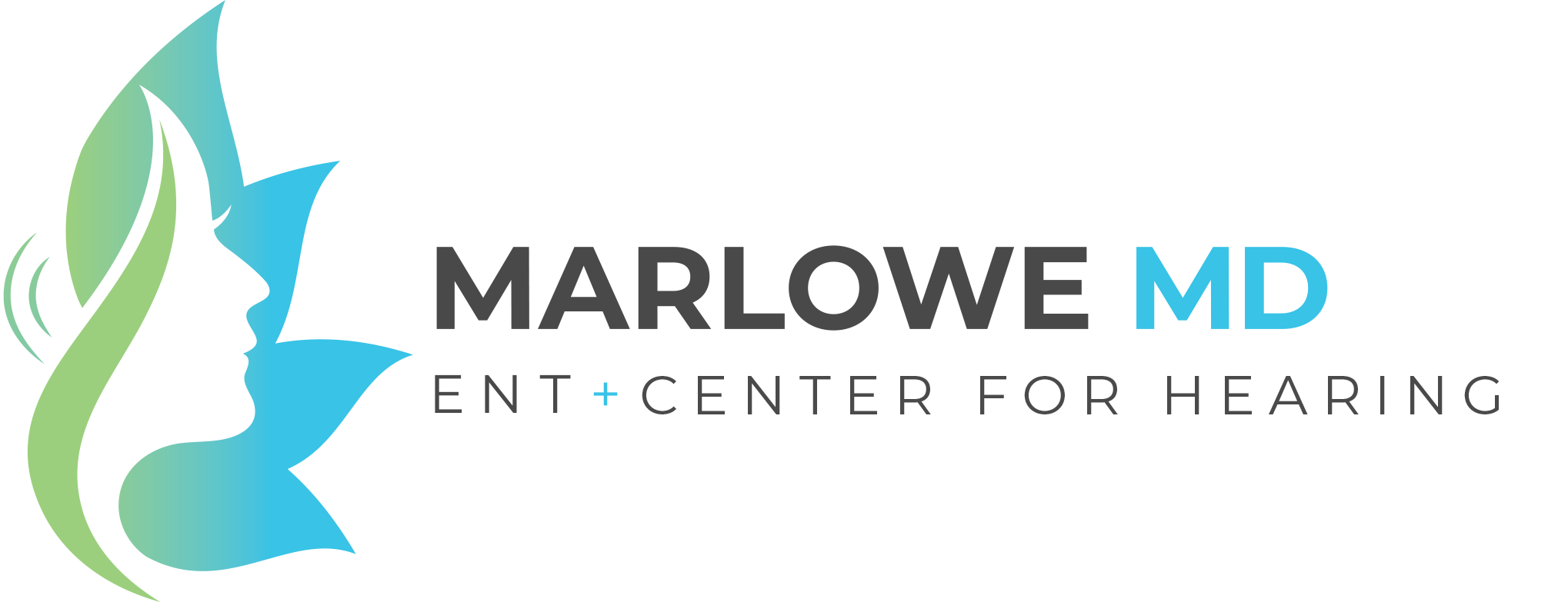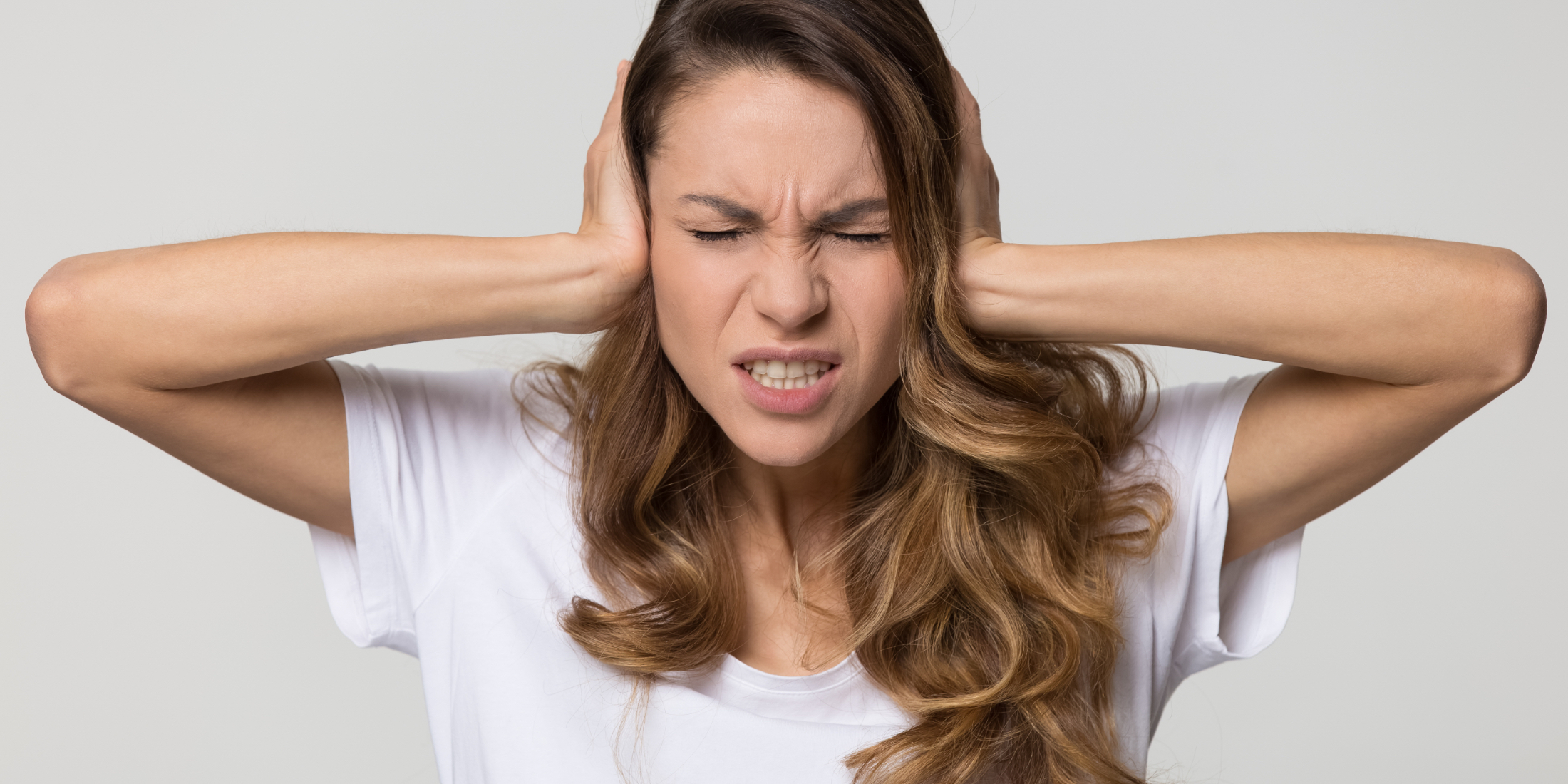An ear infection, or Otitis Media, is diagnosed in patients with acute onset, presence of middle ear pain, physical evidence of middle ear inflammation and symptoms such as soreness, irritability or fever. Acute otitis media is usually a complication of Eustachian tube dysfunction that occurs during a viral upper respiratory tract infection.
Otitis media is among the most common issues faced by physicians caring for children. Approximately 80% of children will have at least one episode of acute otitis media (AOM), and between 80% and 90% will have at least one episode of otitis media with effusion (OME) before school age.
Treating Ear Infections
Management of acute ear infections should begin with adequate pain relief. Antibiotic therapy can be deferred in children two years or older with mild symptoms. High-dose amoxicillin is the antibiotic of choice for treating acute otitis media in patients who are not allergic to penicillin, but any medication should only be administered if it has been approved by a physician.
Children with persistent symptoms despite 48 to 72 hours of antibiotic therapy should be reexamined, and a second-line agent, such as amoxicillin/clavulanate, should be used if appropriate. Otitis media with effusion is defined as middle ear effusion in the absence of acute symptoms. Antibiotics, decongestants, or nasal steroids do not hasten the clearance of middle ear fluid and are not recommended. Children with evidence of anatomic damage, hearing loss, or language delay should be referred to an otolaryngologist.
Observation VS. Antibiotic Therapy for Ear Infections
In regard to otitis media ear infections, antibiotic resistant bacteria remain a major public health challenge. An observation vs. antibiotic therapy has been adopted by some physicians. A widely endorsed strategy for improving the management of otitis media involves deferring antibiotic therapy in patients least likely to benefit from antibiotics. Antibiotics should be routinely prescribed for children with chronic otitis media who are six months or older, with severe signs or symptoms, i.e., moderate or severe otalgia, otalgia, for at least 48 hours. Antibiotics should also be prescribed for children who have a temperature of 102.2 ℉ or higher, and for those younger than two years with bilateral signs or symptoms.

Among children with mild symptoms, medical directed observation may be an option in those six to 23 months of age or in those two years or older with bilateral or unilateral signs. However, a large prospective study of this strategy found that two out of three children will recover without antibiotics. Recently, the American Academy of Family Physicians recommended not prescribing antibiotics for otitis media in children two to 12 years of age with non-severe symptoms, if observation is a reasonable option. If observation is chosen, a mechanism must be in place to ensure appropriate treatment if symptoms persist for more than 48 to 72 hours. Strategies include a scheduled follow-up visit or providing patients with a backup antibiotic prescription to be filled only if symptoms persist.
Persistent Ear Infections & Recurring Otitis Media
Children with persistent, significant ear infection symptoms despite at least 48 to 72 hours of antibiotic therapy should be re-examined. If the inner ear is still inflamed, therapy will be changed by your physician to a second-line antibiotic.
For children with an amoxicillin allergy who do not improve with oral cephalosporin, intramuscular ceftriaxone, clindamycin or tympanocentesis may be considered. If symptoms recur more than one month after the initial diagnosis of otitis media, a new and unrelated episode should be assumed. For children with recurrent ear infections, i.e., three or more episodes in six months, or four episodes within 12 months with at least one episode during the preceding six months with middle ear effusion, tympanostomy tubes may be considered to reduce the need for systemic antibiotics in favor of observation, or topical antibiotics for tube otorrhea. However, tympanostomy tubes may increase the risk of long-term tympanic membrane abnormalities and reduced hearing compared with medical therapy. Other strategies may be recommended by your physician.
Ear Infection Treatments In Sarasota, Florida
Ear infections can be quite painful and can disrupt our day-to-day lives. At Marlowe MD, we believe that no one should have to struggle with these issues alone. To learn more about our otitis media treatment options, make an appointment by calling (941) 379-3277 or selecting and filling out the appropriate form below.

